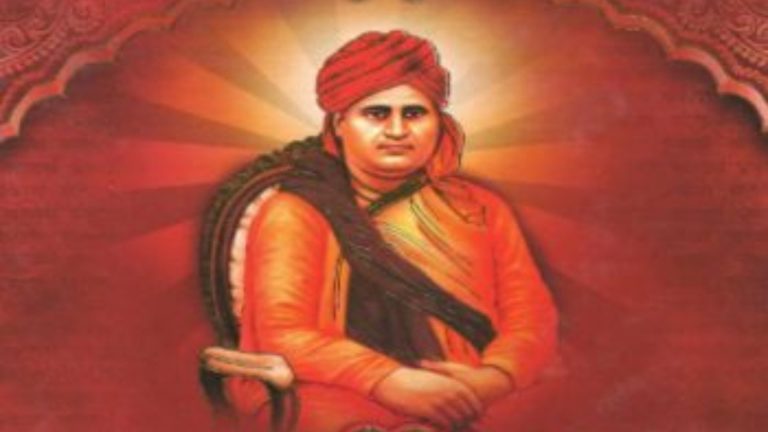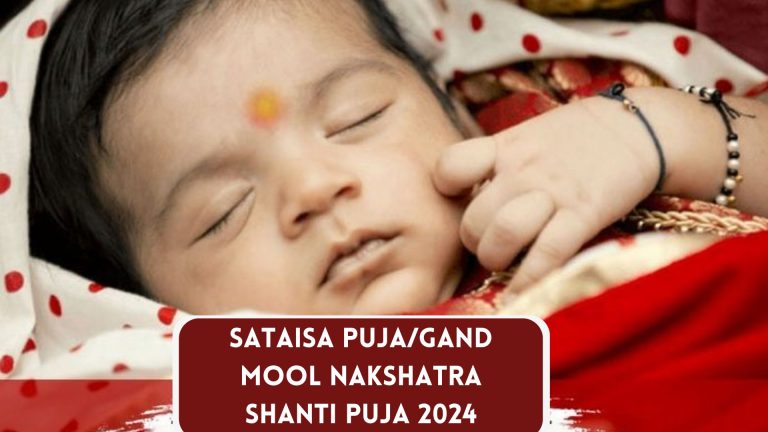Best Pandit For Kushmanda Homa – Cost, Vidhi, And Benefits

The Kushmanda Homa is a traditional fire ritual that is believed to help in spiritual progress and overcoming past life karmas. This guide provides information on the cost of hiring a Pandit to perform the ritual, the step-by-step vidhi (ritual process), and the potential benefits of the ceremony.
What Is Kushmanda Homa?
Kushmanda Homa Puja is a sacred fire ritual performed to honor Kushmanda Devi, the fourth form of Goddess Durga, who is believed to be the source of creation and illumination in the universe.
The homa, a fire sacrifice, includes offering materials to the fire and chanting mantras to invoke the blessings of Kushmanda Devi. Followers believe this ritual purifies karma, brings good health and wealth, and promotes harmony in their lives.
Description Of Goddess Kushmanda

Kushmanda Devi, also known as Ashtabhuja Devi, is a goddess with eight to ten arms symbolizing her great power and ability to manage all aspects of creation.
Kushmanda Devi is depicted with weapons such as a trident and discus, symbolizing her strength against negativity, as well as holding a lotus flower with the elixir of life. She rides a lion and is associated with blessings of good health, prosperity, and inner peace.
Significance Of Kushmanda Homa
Kushmanda Homa is a ritualistic worship dedicated to the Goddess Kushmanda, one of the forms of Goddess Durga in Hinduism. This ritual is important in Hindu traditions for its spiritual and cultural significance.
- Devotional Practice: Kushmanda Homa is performed by devotees to express their reverence, devotion, and gratitude towards Goddess Kushmanda. It’s a way for devotees to connect with the divine and seek blessings for prosperity, protection, and overall well-being.
- Navaratri Celebration: The ritual of Kushmanda Homa is often associated with the Navaratri festival, a nine-night Hindu festival celebrated in honor of Goddess Durga and her various forms. Each day of Navaratri is dedicated to worshiping different forms of the Goddess, and Kushmanda is revered on the fourth day.
- Symbolism: Goddess Kushmanda is believed to represent the cosmic source of energy and is often depicted as the creator of the universe. The word ‘Kushmanda’ is derived from ‘Ku’ (little), ‘Ushma’ (heat or energy), and ‘Anda’ (cosmic egg), symbolizing her role in creating the cosmic egg with her divine energy, thus giving birth to the universe.
- Spiritual Benefits: Performing Kushmanda Homa is believed to bestow various spiritual benefits upon the devotees. It is said to purify the surroundings, remove negative energies, and bring positivity into one’s life. It is also believed to enhance spiritual growth and inner strength.
- Community Bonding: Homa rituals are often performed in a community setting, where devotees come together to participate in the worship of the Goddess. This fosters a sense of unity, harmony, and collective devotion among the participants.
Overall, Kushmanda Homa is an important ritual in Hinduism that allows devotees to connect with the divine energy of Goddess Kushmanda and seek her blessings for a prosperous and fulfilling life.
Vidhi Performed By Pandit For Kushmanda Homa
The specific vidhi (procedure) for Kushmanda Homa may vary depending on regional customs, traditions, and the preferences of the pandit (priest) conducting the ritual. However, I can provide a general outline of the common steps involved in performing the Homa:
- Purification (Sankalpa): The pandit begins by purifying the surroundings and setting the intention for the Homa. This is often done through the recitation of mantras and prayers, known as Sankalpa, where the purpose and significance of the ritual are stated.
- Ganesh Puja: Before commencing any auspicious activity, Hindus often invoke Lord Ganesha, the remover of obstacles, to ensure the smooth conduct of the ritual. The pandit may perform a brief puja (worship) dedicated to Lord Ganesha.
- Kalasha Sthapana: A Kalasha, a sacred pot filled with water and adorned with leaves and coconut, is installed symbolizing the presence of the deity. This step involves invoking the divine energy into the Kalasha.
- Purification of Agni: Agni (fire) is considered sacred in Hindu rituals. The pandit purifies the sacrificial fire and establishes it in the Homa kunda (fire pit), which is typically constructed according to Vedic guidelines.
- Invocation of Goddess Kushmanda: The pandit invokes Goddess Kushmanda by chanting mantras dedicated to her, inviting her divine presence into the Homa ceremony.
- Offerings (Ahuti): Various offerings such as ghee (clarified butter), grains, herbs, and sweets are offered into the sacred fire while reciting specific mantras associated with Goddess Kushmanda.
- Recitation of Stotras and Slokas: Throughout the Homa, the pandit may recite hymns, stotras (devotional songs), and slokas (verses) praising Goddess Kushmanda and extolling her divine attributes.
- Dakshina: The Pandit may receive dakshina (donations) from the devotees participating in the Homa, which is considered a gesture of gratitude and support for the priest’s services.
- Conclusion and Prasad Distribution: Once the offerings are made, the pandit concludes the Homa by offering a final prayer seeking blessings from Goddess Kushmanda for the well-being and prosperity of all. Prasad (blessed food) is then distributed to the devotees as a token of divine grace.
It’s important to note that the specific rituals and mantras used in Kushmanda Homa may vary based on regional customs and the lineage of the pandit performing the ceremony.
Benefits Of Kushmanda Homa
The Kushmanda Homa ritual is an important Hindu tradition that allows participants to connect with Goddess Kushmanda for blessings and benefits such as divine protection and guidance.
During this ritual, devotees seek blessings for health, prosperity, and the removal of obstacles through the sacred fire of the Homa. The fire purifies the surroundings, fosters spiritual growth, and dispels negativity. Additionally, devotees pray for the fulfillment of desires, unity within families, and karmic cleansing.
Kushmanda Homa is a ritual that offers devotees the promise of divine grace and blessings in different areas of their lives.
Conclusion:
The Kushmanda Homa is a revered tradition in Hindu spirituality, allowing devotees to connect with the divine presence of Goddess Kushmanda. Participants seek blessings for health, prosperity, and spiritual growth through the sacred fire ritual. The ceremony fosters unity and collective worship within the community as devotees express their devotion.
This ritual offers transformative benefits such as the purification of past karmas and the removal of obstacles. The Kushmanda Homa symbolizes devotion and faith, inviting the divine grace of Goddess Kushmanda for prosperity, protection, and spiritual ascent.
Related Read:- Pandit for Grahan Yog Shanti Puja: Cost, Vidhi & Benefits







